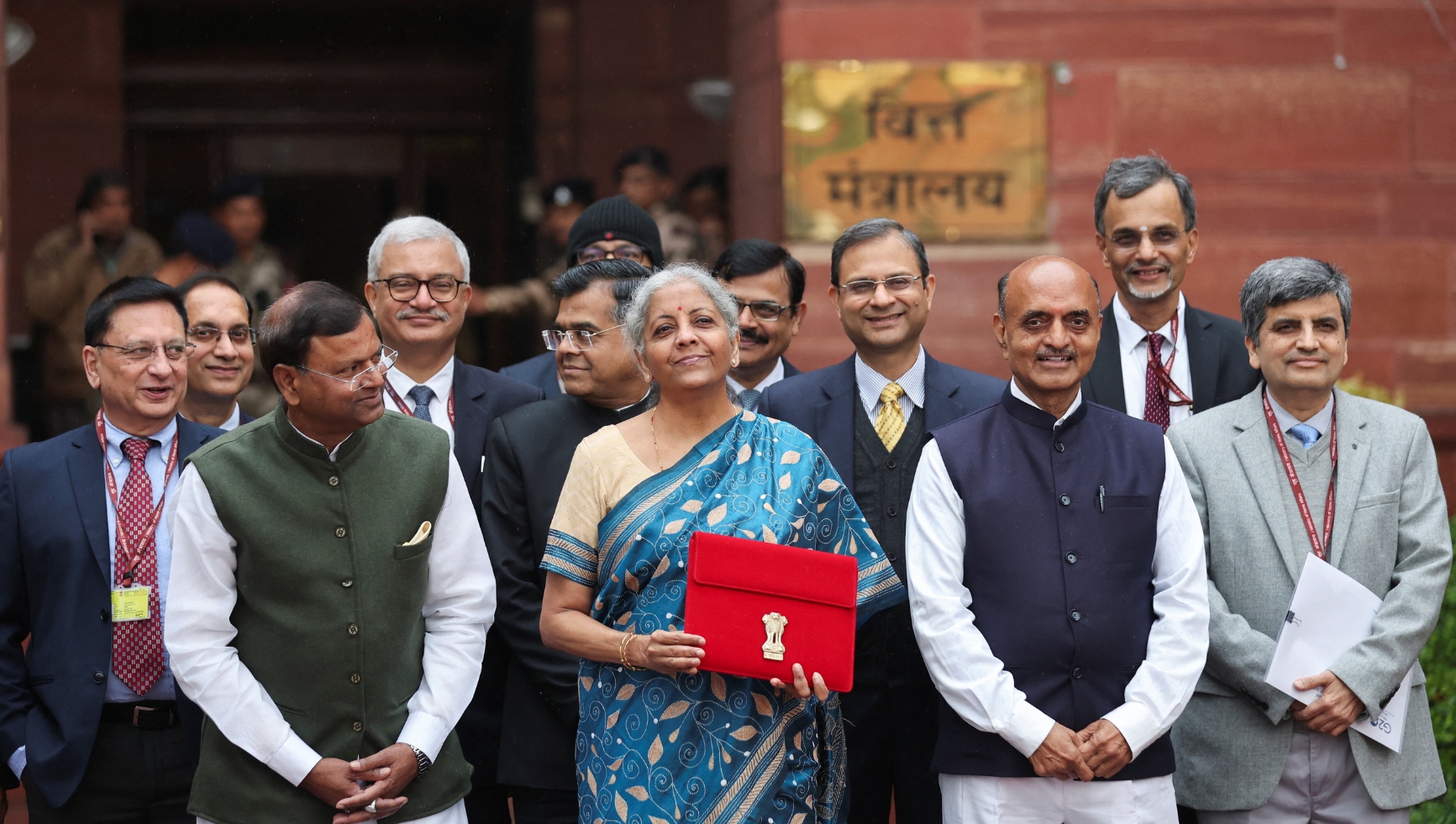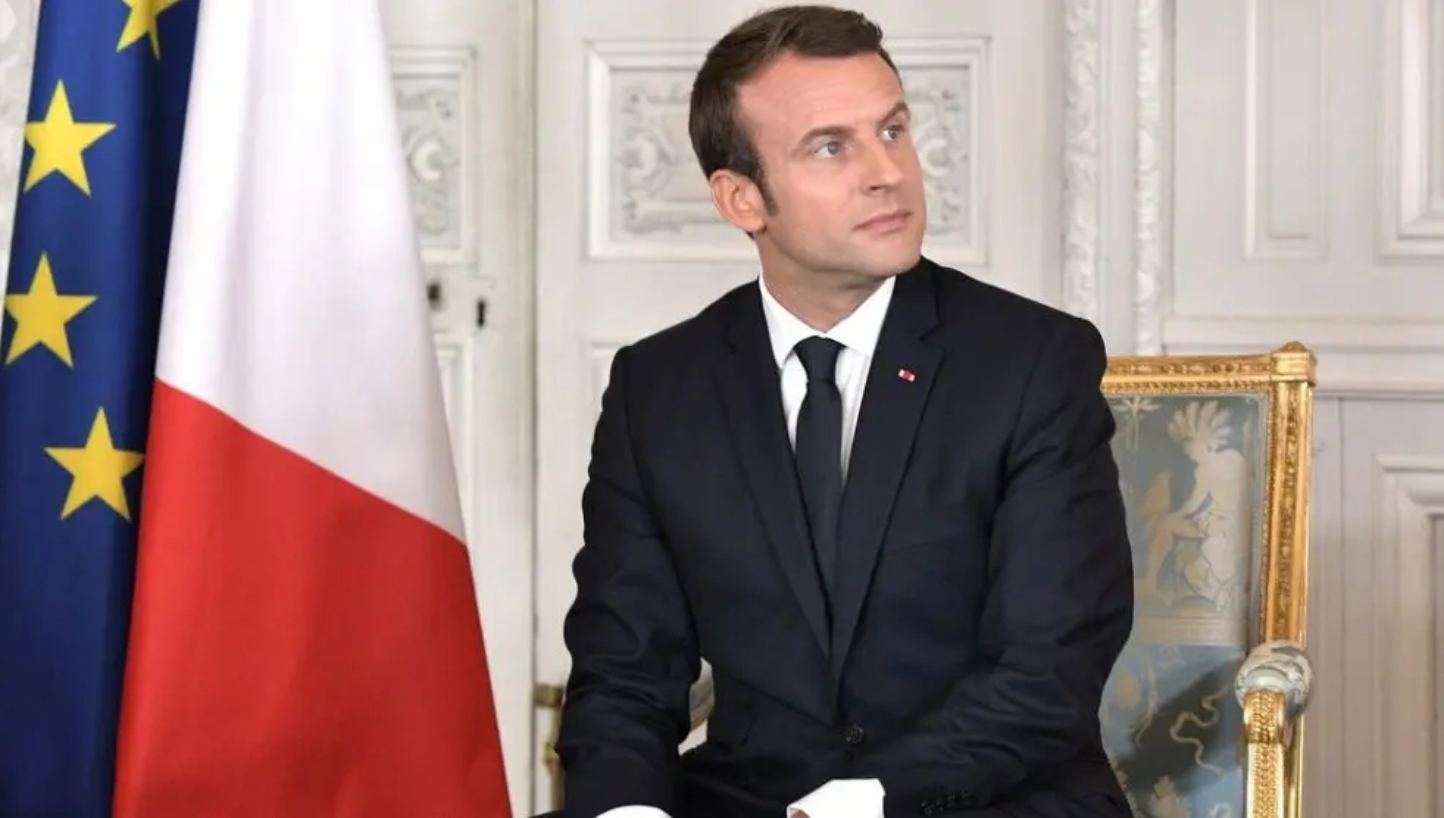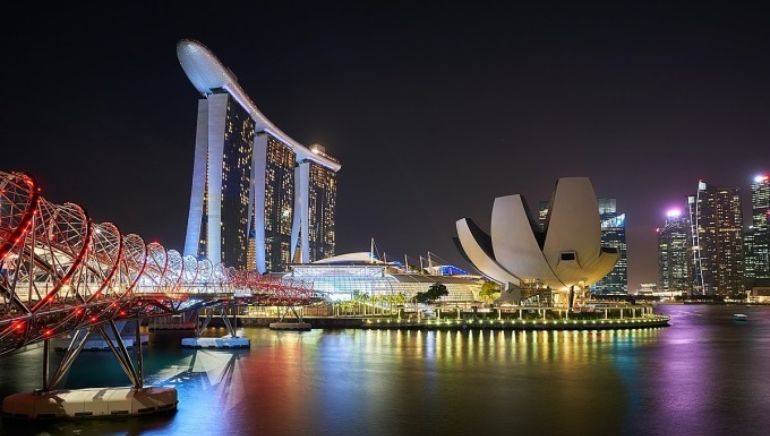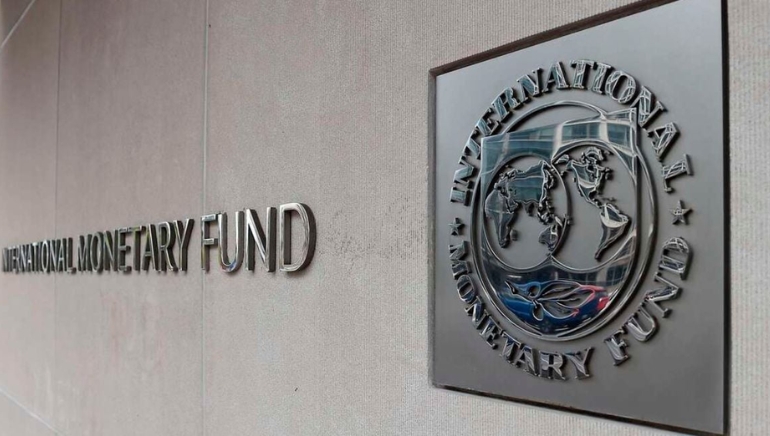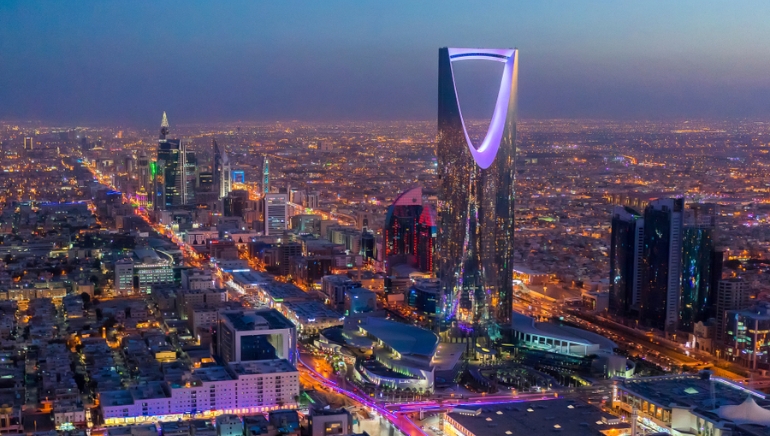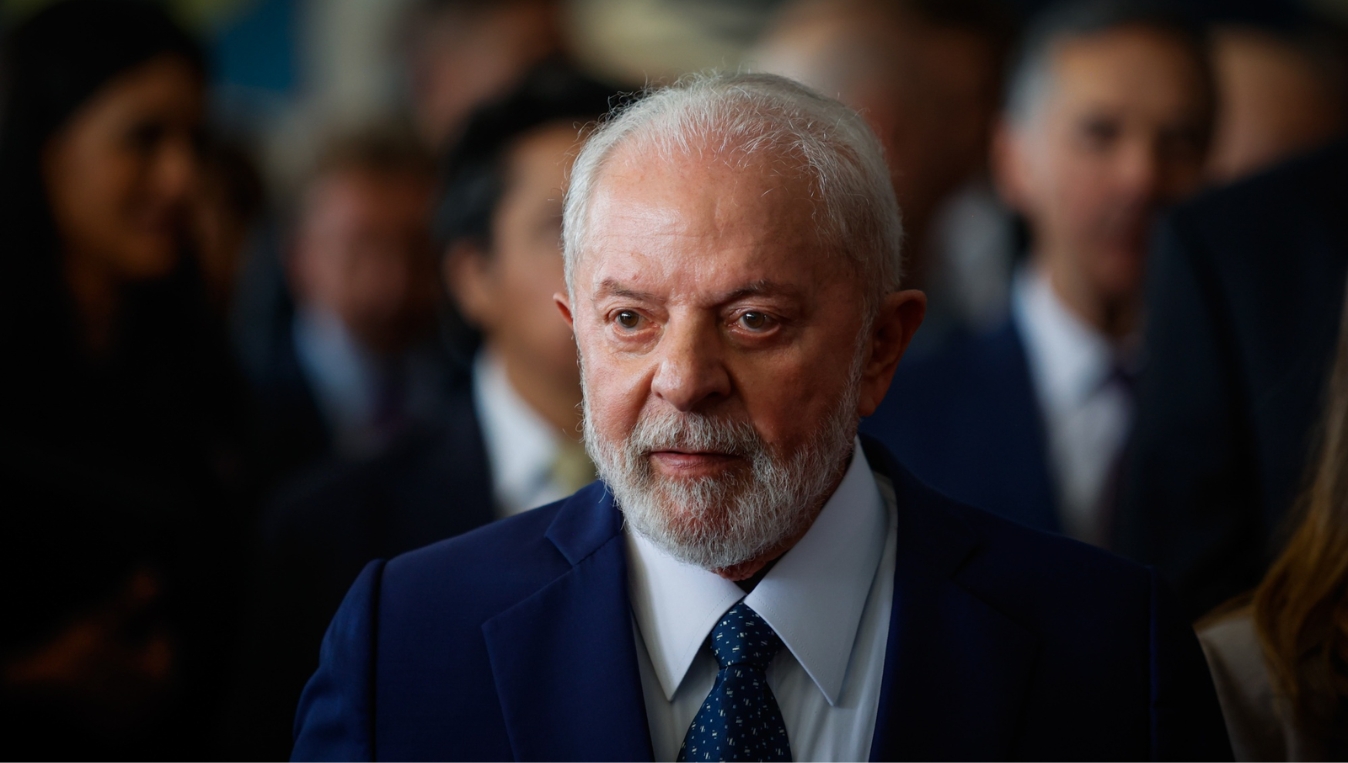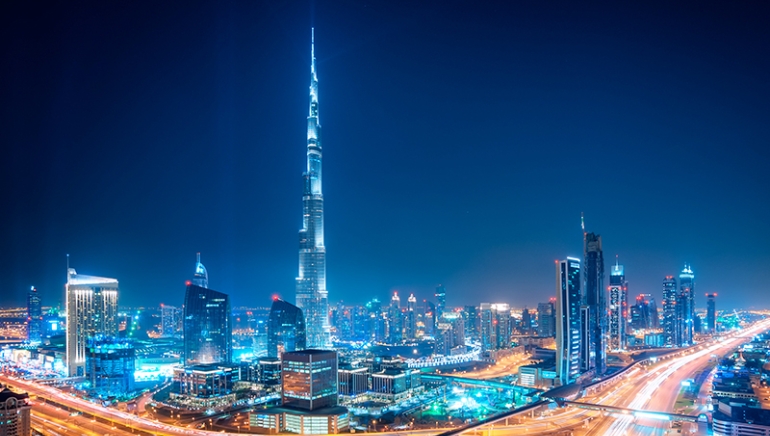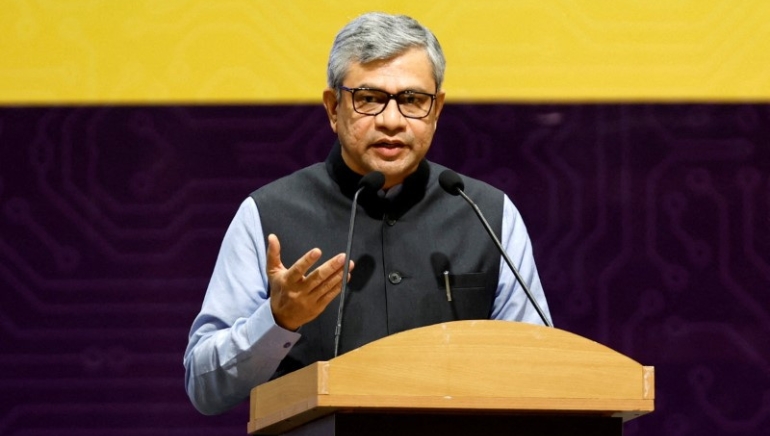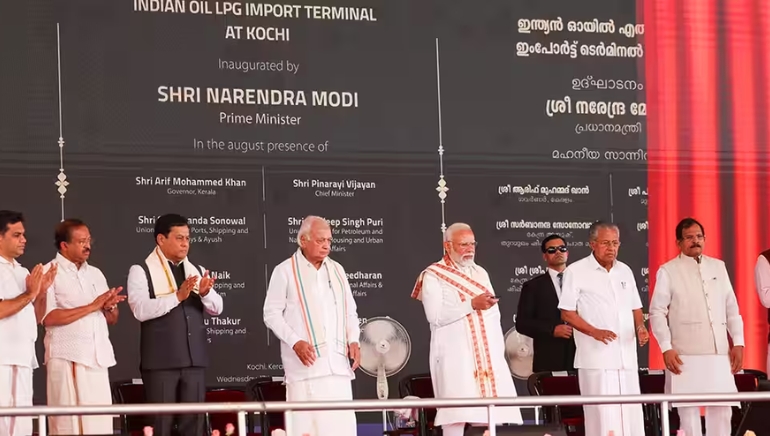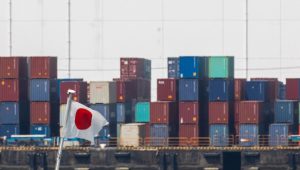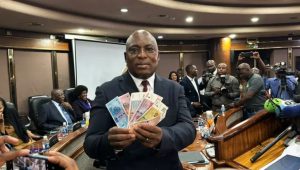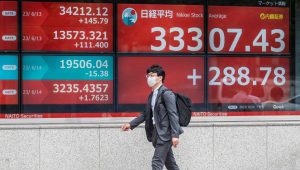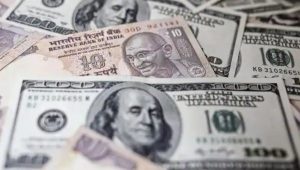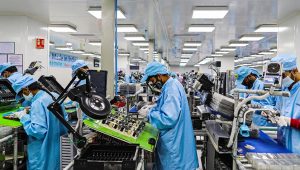India’s finance minister unveils budget, promises reforms to drive growth India’s Finance Minister, Nirmala Sitharaman, unveiled the budget promising comprehensive economic reforms to stimulate growth in her final budget speech in the Lok Sabha ahead of the impending national elections in May.
Some of the key highlights of her speech include the commitment to construct more than two crore houses under a housing scheme targeting deserving middle-class people, the conversion of 40,000 regular rail bogies to Vande Bharat standards, and the determination to propel India towards becoming a developed nation by 2047.
Sitharaman affirmed that export rates, indirect taxes, and direct taxes would remain unchanged. Additionally, she announced an 11% increase in capital expenditure allocation for the next fiscal year, amounting to ₹11.1 lakh crore, while successfully reducing the budgetary deficit to 5.8% of the gross domestic product for the current fiscal year.
Noteworthy allocations for the fiscal year 2024–2025 include a substantial budget of Rs 6,500 crore for the Border Roads Organisation under the Ministry of Defence, marking a 30% increase over the previous year. The Indian Coast Guard’s funding saw a 6.31% boost to Rs 7,651 crore, and the budget for the Defence Research and Development Organisation (DRDO) grew to Rs 23,855 crore.





